For better understanding and decision-making, try dialogue instead.
By Jane L. Risen
One of the University of Chicago’s most closely held and well-known values is its devotion to rigorous inquiry and free and lively debate. On the university’s website, we say that “an education with free and open debate empowers students to grapple with challenging ideas.” Indeed, I can’t think of many other institutions as committed to having a marketplace of ideas where those ideas can compete.
But in the spirit of rigorous inquiry, I’d like to question the notion that debate is always the best way to share our ideas or discover truth. Instead, I’d like to make a pitch for dialogue.
Like any good debater, I’ll start by offering some definitions. When I say debate, I mean any time that we disagree with someone and engage that person with the goal of persuading her that our point of view is correct. We can debate international affairs or the proper way to load a dishwasher. If the goal is to convince the other person, we’ll think of that as debating.
In contrast, in dialogue, the goal is understanding one another. My goal is to understand you and to have you understand me. Likewise, your goal is understanding and being understood.
Debates tend to feel competitive, with people assuming that if one person is right, the other must be wrong. In contrast, dialogue often feels collaborative. In debate, I’m focused on poking holes in your argument. In dialogue, though, I’m more likely to ask questions to make sure I really understand what you’re saying.
We can think of a constellation of goals, assumptions, and behaviors as being more debate-like or more dialogue-like. In the past couple of years, my students, collaborators, and I have been exploring the consequences of engaging in either debate or dialogue, as well as the factors that lead people to spontaneously engage with a more debate-like or dialogue-like approach.
The origin of my interest in this topic—in fact, the root of my interest in social psychology more broadly—is an opportunity I had as a teenager to participate in a conflict transformation program called Seeds of Peace. The program brings together teenagers from regions of conflict around the world to spend three weeks together at summer camp.
In the early years, including the time I spent there, Seeds of Peace focused on teens from the Middle East, and I was fortunate that they also invited a handful of Americans. Watching people who had been taught to be enemies their whole lives get to know one another as individuals was truly a remarkable and life-changing experience.
In many ways, the program operates like any summer camp. Kids play sports, live in cabins, and sit around the campfire. But in other ways, it’s unusual. Specifically, campers spend almost two hours a day in dialogue sessions with a designated group of fellow campers. In dialogue, they tackle the most painful and divisive issues defining their conflict, share their personal experiences, reflect on competing narratives, and challenge each other’s prejudices. No subject is off-limits. These sessions are intense and emotionally exhausting for campers.
Maybe more importantly, though, let me tell you what dialogue is not. As described on the program’s website, “The purpose of dialogue is not to come to consensus or agreement, but to more deeply understand the differences that each individual brings, to listen and to be heard in all of our complexities, and to learn something new about oneself and others.”
In addition to sparking my passion for psychology, Seeds of Peace became an eventual research partner. In one recent paper, my coauthors and I explored the relationships that form at this camp. In general, we find that campers were more likely to form connections with those who shared their nationality. In other words, those who were part of their in-group rather than those in the out-group. This is consistent with lots of evidence showing the power of similarity, or what we call homophily: liking people who are like you.
But remarkably, when we specifically examined the relationships that formed among campers who shared a dialogue group, the pattern fully reversed. Campers were more likely to form relationships with out-group members in their dialogue group than in-group members.
Let that result sink in. This means that a Jewish Israeli camper was more likely to become close with a Palestinian camper in his dialogue group than with another Jewish Israeli in that group. And likewise, a Palestinian was more likely to become close to a Jewish Israeli in the group. I don’t know that there is another finding that I could share that would better highlight the remarkable power of dialogue.
Now, imagine instead that the Israeli and Palestinian campers engaged in two hours of debate every day for three weeks. I feel quite sure that we would not see those same relationships form.
We couldn’t test that hypothesis at camp, of course, but we could in the lab. There, we randomly assigned pairs of participants who disagreed about an issue to have a conversation in which they were instructed to focus on either demonstrating why they were right or sharing and learning about each other’s perspectives.
For a task with an objective right answer—choosing the best candidate on paper to hire—we find that pairs were more likely to get the correct answer when engaging in dialogue. When the interaction was an online chat, we find that participants were more satisfied and felt more included in dialogue than in debate. Those in the dialogue condition also had a more accurate understanding of their partner’s perspective.
What about persuasion? Did those in the debate condition manage to convince each other that they were right? No. If anything, participants seemed to change their opinion more after engaging in dialogue. Thus, these initial findings suggest that dialogue can improve objective decision-making, subjective experience, and understanding.
Given the apparent benefits from engaging in dialogue, we also wanted to understand what leads people to approach disagreement in a more debate-like or dialogue-like way. We find that when pairs more strongly disagreed about an issue and when individuals felt more certain of their own opinion, they were more likely to engage in debate and less likely to engage in dialogue. Participants were more likely to engage in dialogue, however, when they perceived that they shared goals and values with the other person.
With these findings in hand, I’d like to highlight three things we can all do to encourage more productive disagreement:
First, be humble. We need humility to recognize that we haven’t figured everything out yet. When we have humility rather than certainty, we can make space for other good ideas and perspectives.
Second, adopt and pursue learning goals in both our personal and professional lives. When we pursue learning goals, we can put winning aside—at least sometimes—and instead focus on growing and improving. With a learning and growth mindset, we are better prepared to learn from successes as well as failures. We are free to make mistakes and admit to them because we recognize that we are a work in progress just like everyone else is.
Finally, be intentional. There’s something powerful that comes from recognizing our default patterns. Once we know that people tend to connect more easily with those who are similar and that people are more likely to start a debate with those who seem different, we can intentionally disrupt our default patterns. If we’re intentional about learning, and especially if we’re intentional about learning from people who have different perspectives, we’ll be in the best position to capitalize on all of the best ideas and continue to grow.
To foster dialogue, then, we should embrace humility, prioritize learning, and intentionally look for opportunities to understand and appreciate those who are different. If we can all engage in a little more dialogue and a little less debate, I believe the marketplace of ideas will grow more vibrant—and more people will want to spend more time shopping there.
Jane L. Risen is the H. G. B. Alexander Professor of Behavioral Science and a John E. Jeuck Faculty Fellow at Chicago Booth. This is an edited transcript of the speech she gave this past spring at Booth’s 2024 Graduation Ceremony for the Evening, Weekend, and Executive MBA Programs.



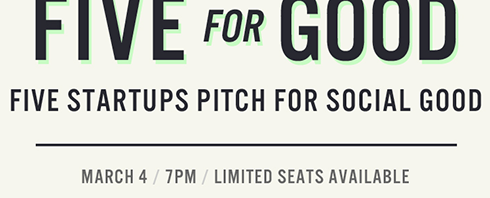



 After the end of their camp session in July, the delegation of Indian and Pakistani Seeds traveled to Washington D.C to discuss the issues facing both countries and the possibility of peace. Their trip included a reception at the Department of State where they were welcomed by Deputy Secretary of State John Negroponte and Assistant Secretary Richard Boucher.
After the end of their camp session in July, the delegation of Indian and Pakistani Seeds traveled to Washington D.C to discuss the issues facing both countries and the possibility of peace. Their trip included a reception at the Department of State where they were welcomed by Deputy Secretary of State John Negroponte and Assistant Secretary Richard Boucher. Seeds Café this month hosted television and newspaper journalists for a revealing discussion about the role of the media in the Israeli-Palestinian conflict. The guest speakers for this Seeds Café were CNN Producer Nidal Rafe and Yoav Stern, Ha’aretz newspaper’s Arab Affairs Correspondent. The audience had an opportunity to hear what happens behind the scenes of the media covering the conflict on a day-to-day basis. They addressed the difficulty of having positive stories run in the press and the importance of having local journalists covering events in the region.
Seeds Café this month hosted television and newspaper journalists for a revealing discussion about the role of the media in the Israeli-Palestinian conflict. The guest speakers for this Seeds Café were CNN Producer Nidal Rafe and Yoav Stern, Ha’aretz newspaper’s Arab Affairs Correspondent. The audience had an opportunity to hear what happens behind the scenes of the media covering the conflict on a day-to-day basis. They addressed the difficulty of having positive stories run in the press and the importance of having local journalists covering events in the region. Please take a moment and help support Seeds of Peace in a simple way—that’s totally free! Seeds of Peace is entered in the American Express Members Project. If everyone clicks on the link below and nominates our project, you could Help Seeds of Peace Win $1,5000,000! All you have to do is click! Every vote counts and the winner receives a $1.5 million grant. Runners up receive between $100,000-$500,000 each!
Please take a moment and help support Seeds of Peace in a simple way—that’s totally free! Seeds of Peace is entered in the American Express Members Project. If everyone clicks on the link below and nominates our project, you could Help Seeds of Peace Win $1,5000,000! All you have to do is click! Every vote counts and the winner receives a $1.5 million grant. Runners up receive between $100,000-$500,000 each!
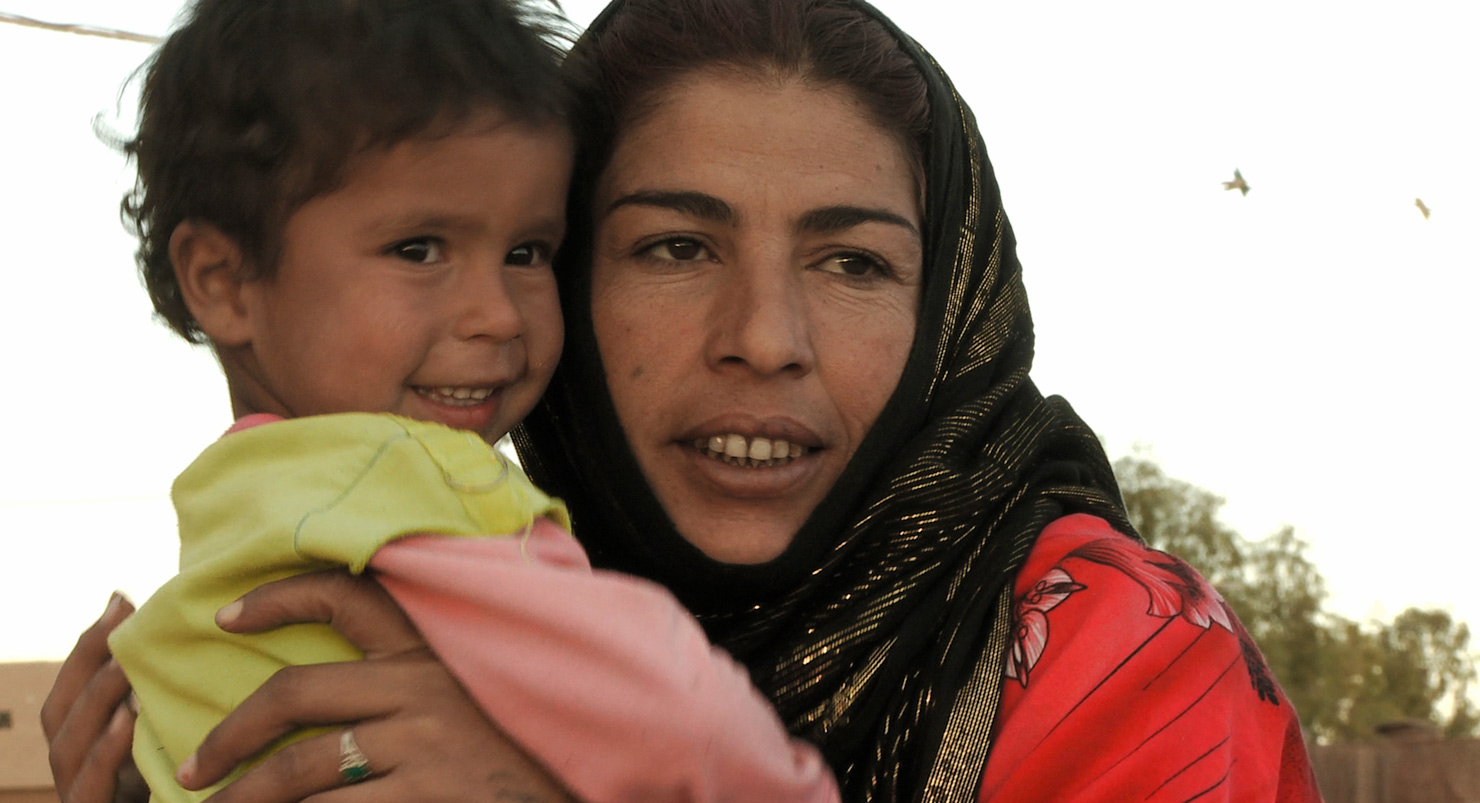
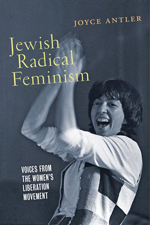

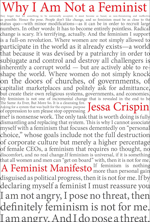
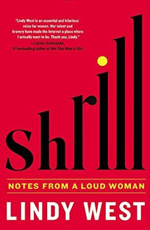
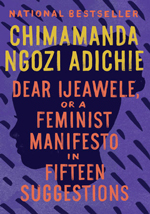
 Last year, when MJ Rosenberg ’72 attended a conference for the pro-peace, pro-Israel lobby group J Street in Washington, he expected to mingle among upper-middle-class politicians and peacemakers from the United States and diplomatic officials from the Middle East. Instead, Rosenberg spent time with someone who was neither an American nor a diplomatic official. Rosenberg forged a relationship with Yousef Bashir, a 20-year-old Palestinian who had been shot by an Israeli soldier at the age of 15 and was the only person at the conference from Gaza.
Last year, when MJ Rosenberg ’72 attended a conference for the pro-peace, pro-Israel lobby group J Street in Washington, he expected to mingle among upper-middle-class politicians and peacemakers from the United States and diplomatic officials from the Middle East. Instead, Rosenberg spent time with someone who was neither an American nor a diplomatic official. Rosenberg forged a relationship with Yousef Bashir, a 20-year-old Palestinian who had been shot by an Israeli soldier at the age of 15 and was the only person at the conference from Gaza. In summer 2005, Bashir attended the camp with 12 other teenagers from Gaza.
In summer 2005, Bashir attended the camp with 12 other teenagers from Gaza.